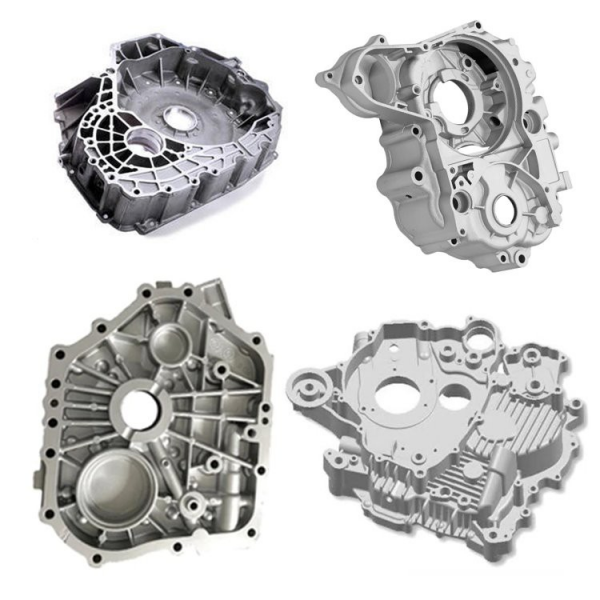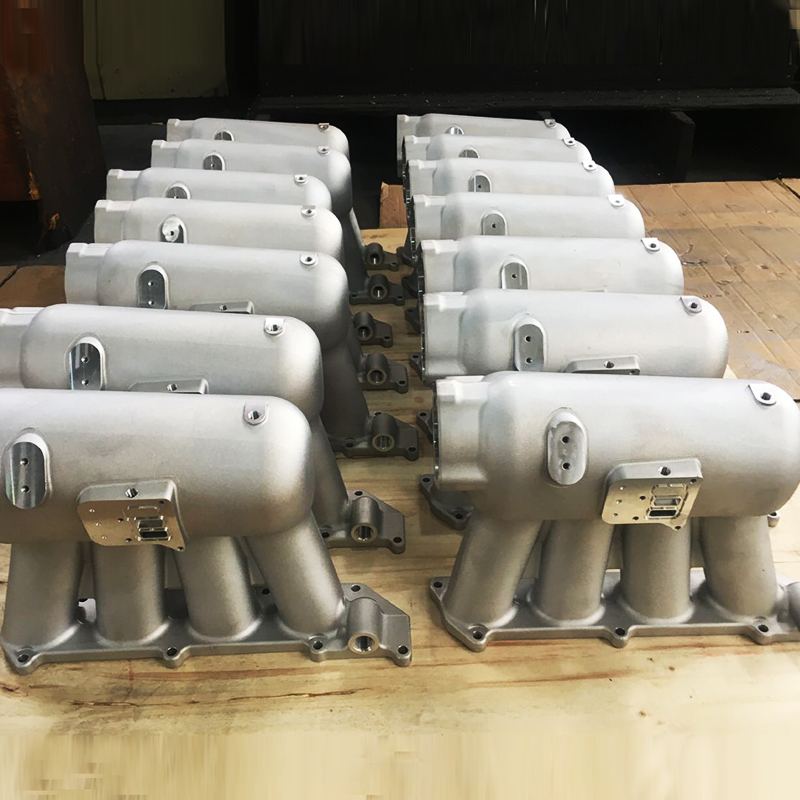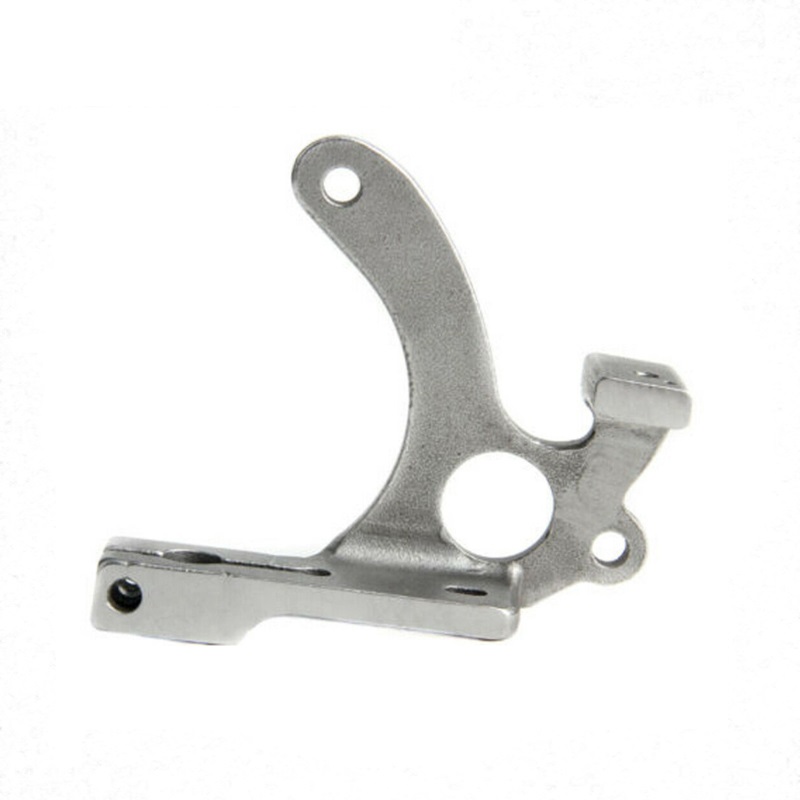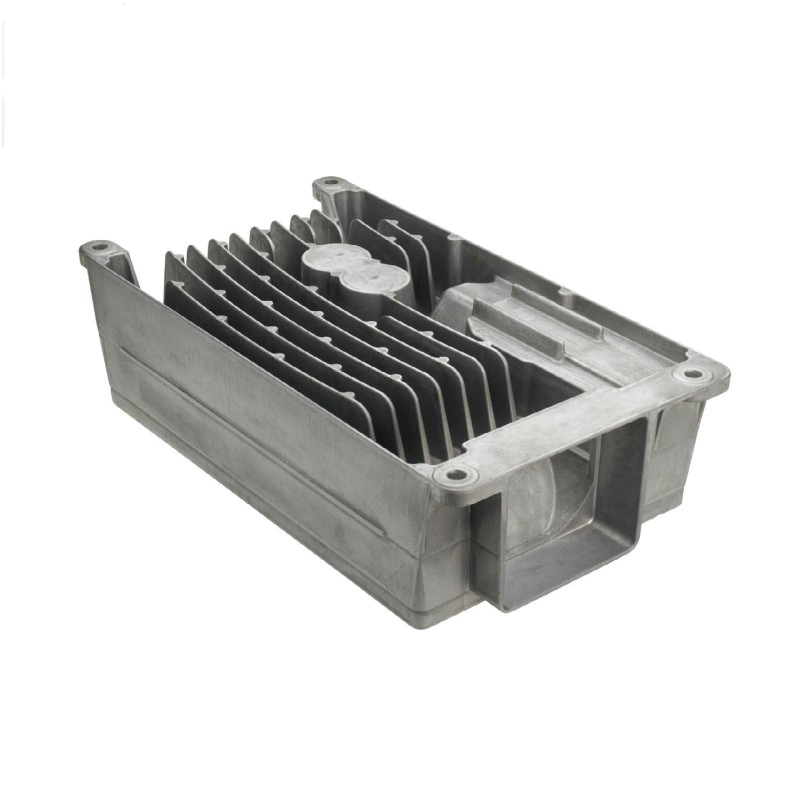In the often complex world of metalworking and manufacturing, die casting is a critical process that engineers and designers use to create a wide variety of metal components. Among the many forms of die casting, Gravity Die Casting and Pressure Die Casting are the most popular. Although they serve the same purpose, the method, application, and output vary considerably.
Gravity Die Casting, sometimes known as permanent mould casting, is a process that relies on the force of gravity to fill a mould with molten metal. This is poured into the die and allowed to cool, solidifying into the shape required.
Gravity die casting, also known as permanent mold casting, is a casting process used to produce metal parts by pouring molten metal into a reusable mold, allowing gravity to fill the mold cavity. This method offers several advantages compared to other casting processes. Here are some key advantages of gravity die casting:
-
Improved Surface Finish: Gravity die casting typically results in smoother and finer surface finishes compared to other casting methods. This is due to the controlled and laminar flow of molten metal into the mold cavity, reducing turbulence and minimizing defects.
-
Better Mechanical Properties: Parts produced through gravity die casting often exhibit improved mechanical properties, including higher tensile strength, improved hardness, and better dimensional accuracy. This is attributed to the controlled cooling process and reduced porosity.
-
Tighter Tolerances: Gravity die casting allows for the production of parts with tighter dimensional tolerances and consistent part-to-part repeatability. This is especially beneficial for components that require precise fit and function.
-
Reduced Porosity: Gravity die casting tends to have lower porosity compared to other casting methods, leading to parts with improved integrity and reduced risk of leakage or failure.
-
Minimal Post-Casting Machining: The finer surface finish and tighter tolerances achieved in gravity die casting often result in reduced or minimal post-casting machining requirements, saving time and costs.
-
Enhanced Heat Treatment Response: Gravity die cast parts generally respond well to heat treatment processes, which can further improve mechanical properties and tailor material characteristics to specific requirements.
-
Reduced Scrap: The controlled filling process and minimized turbulence in gravity die casting contribute to a lower rate of defects and scrap, leading to higher production efficiency and cost savings.
-
Long Tool Life: The molds used in gravity die casting are typically made from durable materials like steel, allowing for multiple casting cycles and extending the tool's lifespan. This can lead to cost savings over time.
-
Suitable for High-Volume Production: Gravity die casting is well-suited for high-volume production runs due to its efficient and repeatable process. It can help meet demand for large quantities of consistent parts.
-
Wide Range of Alloys: Gravity die casting is compatible with a variety of metal alloys, including aluminum, zinc, and copper-based alloys, allowing for flexibility in material selection based on the desired properties of the finished part.
While gravity die casting offers numerous advantages, it's important to note that it may not be suitable for all types of parts or applications. Factors such as part complexity, size, and production volume should be considered when determining the most appropriate casting method for a particular project.
This method - as its name suggests - involves pressure injection of molten metal into a mould. This process is split into two categories: High Pressure Die Casting (HPDC) and Low Pressure Die Casting (LPDC). The high pressure ensures rapid fill and greater penetration into all the intricate features of the mould, resulting in a highly detailed and accurate product. It's particularly beneficial for high-volume production due to its high speed, reduced waste, and potential for automation. It can cast thinner walls and achieve a smoother finish compared to Gravity Die Casting. One drawback is that pressure cast components can be more porous, leading to reduced strength compared to gravity cast parts. Common metals used in Pressure Die Casting include zinc, aluminium, magnesium, and brass.
Process: Gravity Die Casting uses gravity to fill the mould, while Pressure Die Casting employs pressure to inject the molten metal into the mould.
Pressure die casting can make very precise and complex castings achievable. Due to the rapid filling of the mould under pressure, castings are dimensionally accurate with thin walls which are also very smooth, reducing the need for secondary finishing or machining.
Pressure die cast parts and gravity die cast parts can use similar materials, but some alloys may be better suited for one process over the other.
Due to the differences in their manufacturing processes and resulting properties, pressure die cast parts and gravity die cast parts often have contrasting end uses.
NINGBO FUERD MECHANICAL CO., LTD
Website: https://www.fuerd.com



